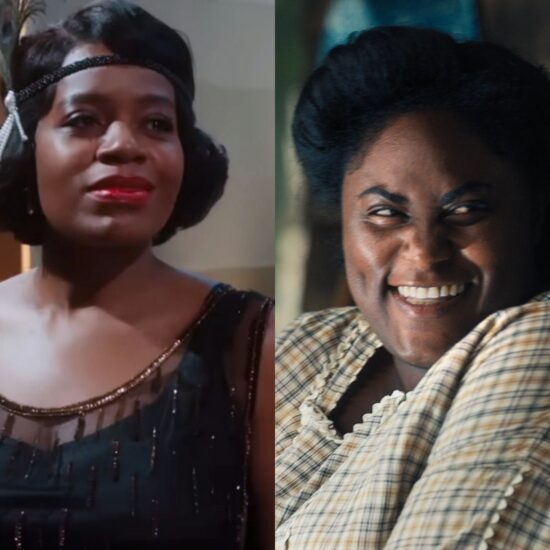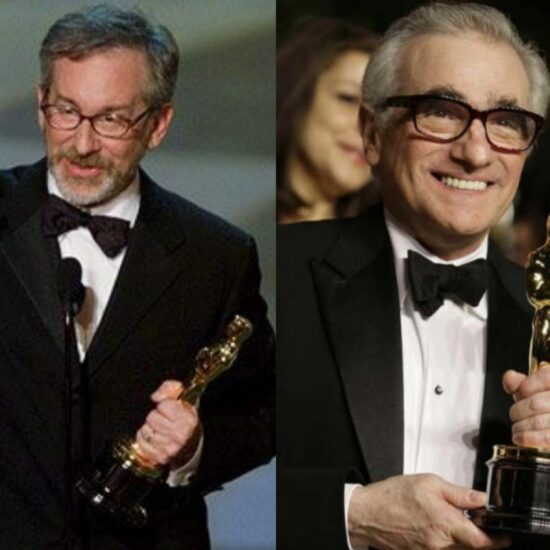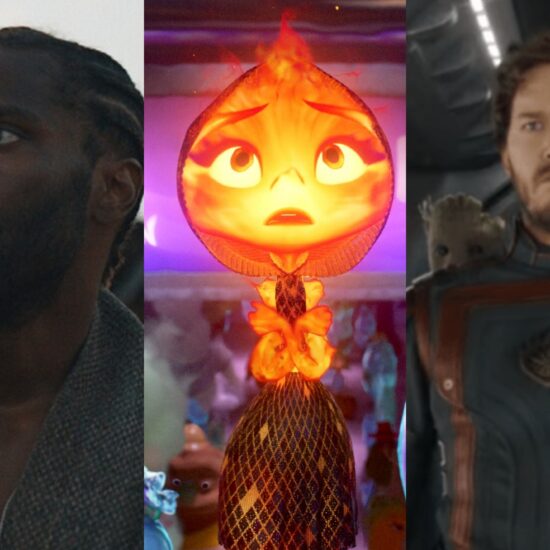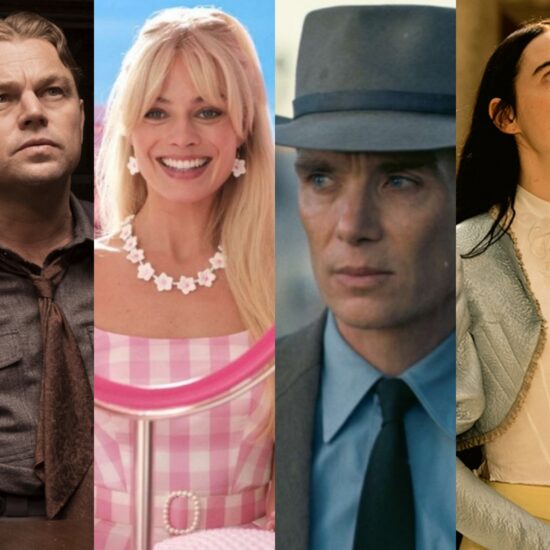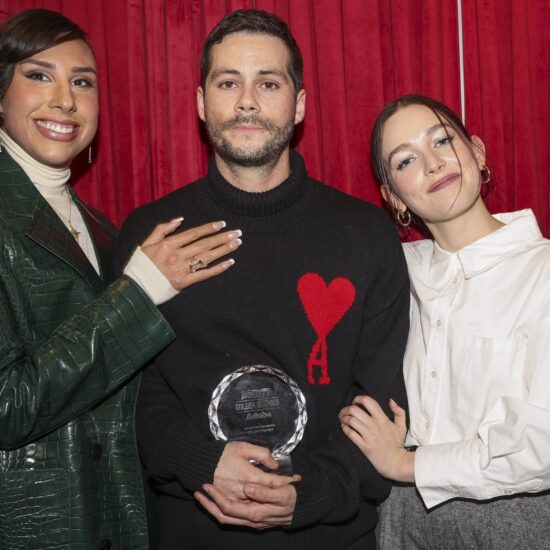
Like many of his other films, João Gonzalez’s Ice Merchants began with an image from his subconscious. He imagined a tiny house attached to a cliff, and the ensuing animation and story excited his producer Bruno Caetano. The short follows a father and son living in a house attached to the side of a mountain. The pair freezes ice at their home and parachutes down to the valley below to sell their wares. While animated digitally, the artistic style emulates a hand-drawn pencil on paper look with bold shadows and a limited color palette that contrasts the warm colors of humanity with the cold, harsh colors of the outside world.
DEADLINE: Where did the idea for Ice Merchants originate?
JOÃO GONZALEZ: Like my other films, I started with an image that comes from my subconscious. In this case, it was an image of a tiny house attached to a cliff. And when I have one of those images that resonate with me in preproduction, I start to write a lot about that reality. I start to draw a lot regarding the house, and I try to figure out the rules of the world building I’m creating. So, I know roughly what the theme of the film is gonna be about. In this case, I knew it was gonna be a film about loss, but all the tiny details of the narrative are about finding joy.
DEADLINE: Bruno, how did you get involved?
BRUNO CAETANO: So, there’s actually a person here missing, which is Ala Nunu. She’s the third person responsible for this film and animated half of the film. We were both in a festival in Portugal and she called me up and said, “Oh, you guys need to get in touch. You guys are gonna like each other.” So, that was the excuse to come together and hit it off. And from then on, João was invited to be a part of the cooperative, COLA Animation. We’re not a regular production company, we’re a cooperative of art directors and animators that come together and try to help each other out. And João came on board and we’ve been doing stuff together ever since.
DEADLINE: How did you achieve this style of animation?
GONZALEZ: It’s a digital animation, but it does try to emulate that more organic filling of paper and pencil. Initially, I was planning to make this film only on paper, but the animation team is very small. It was just me and Ala Nunu, and she was living in France and I was living in Portugal. So logistically speaking, we would have to ship the papers back and forth and it would be a production nightmare. So, instead I focused my energy on trying to find a way digitally to emulate the same style that I initially started drawing for the film. It all started with sketchbooks on my graphic diary, and that was the main reference for it. But the animation itself is traditional frame by frame animation that we draw directly on our graphic table.
DEADLINE: Can you talk about your color choices? It’s a very small palette.
GONZALEZ: I have three things that I always incorporate in my illustration style – use of perspective, which comes from my love of architecture, very strong dark shadows and limited color palettes. For me, one of my biggest concerns as a director is to find a way of combining things that I like aesthetically, but also making them important conceptually. In this case, the limited color palette was really important to contrast the warmer colors of the human side of the characters with the cold, harsh colors of the outside. I started the film with three or four colors, but I was always adjusting slightly until I hit the right spot that I felt would both please me aesthetically and enhance the story of the film.
CAETANO: There were actually little tweaks you were doing as we went along. It was very interesting, just refining everything a little bit better until we got to the end result.
DEADLINE: One thing that stuck in my mind as I watched the short was, “Why do they keep buying these hats?” Where did the idea for the hat flying off every time come from?
GONZALEZ: That’s a funny story actually, because I actually designed the characters wearing hats before I knew that hats were gonna be important for the film. I started doing animation relatively recently, and when I started this film two or three years ago I was still not very comfortable drawing hair on characters. So, all of my characters, both from this film and my film before Nestor, had a hat or a beanie mainly for aesthetic purposes. But it all changes in that pre-production phase when I’m constructing the world and when I’m imagining how those characters would live every day. And when I’m constructing it, I’m thinking that maybe they parachute every time to sell their ice. And the more I thought about it, the wind would make them lose their hats. Initially it was just a funny, surrealistic thing, like those silly rituals that we have with our close ones at home. They lose all their hats, but then they buy it the next day like a running joke. But the more that I thought about it, maybe the hats will pile up eventually and maybe they’ll make a good solution for the ending.
CAETANO: This is a good representation of why João’s work is very different from other directors that we work with. The fact that he starts going back and forth between the drawing boards, the piano and his subconscious starts building the story in a very, very weird but natural organic way. It’s a process that’s not very common. He doesn’t write a script, he starts drawing ideas. But it’s always funny to see how João manages to convey to us his ideas. Even when he starts speaking in terms of music when we are in the process, we immediately understand what he wants to say. It’s one of the nicest things about this weird process, discovering things as we go along.









